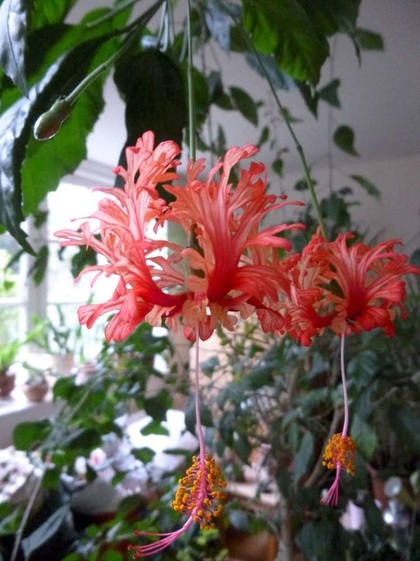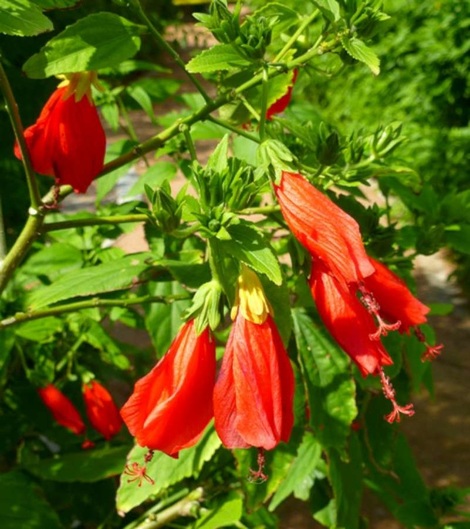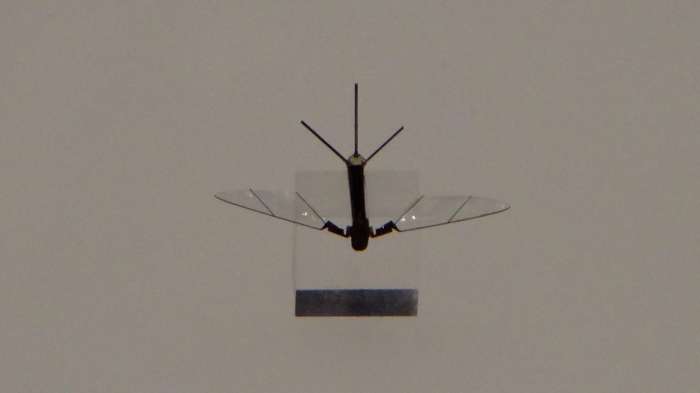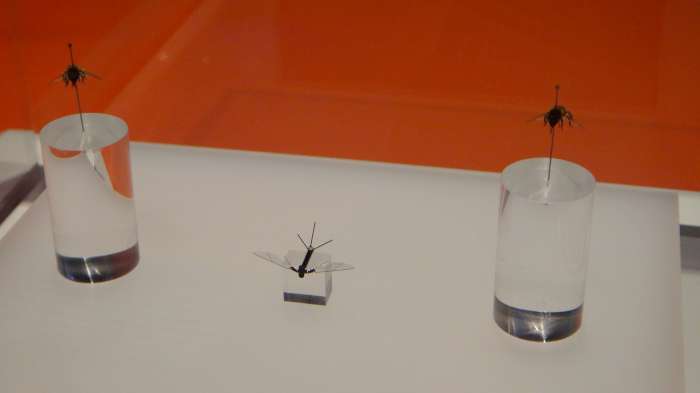The first is Hibiscus schizopetalus, often called Japanese Lanterns or Fringed Rosemallow, which I know by the rather romantic and evocative name of "Eardrops of the Princess". When you see the precious, jewel-like flowers, this seems a very appropriate moniker. It produces - at least in my experience - far fewer flowers than Hibiscus rosa-sinensis usually does, and only at the tip of each arching branch.
Which brings us straight to the main drawback: Fascinating though its flowers are, Hibiscus schizopetalus is a gangly plant, certainly not an asset for the windowsill. But then, neither is the China rose. The difference here, however, is that you can prune the latter hard and it will still flower reasonably well within the season (- think of the hedges smothered in blooms which I so envied when in Madeira). With Hibiscus schizopetalus you have to live with the gawky skewers of a branch until they eventually arch and produce buds. If you prune them, you forfeit your flowers as they are formed on the previous year's wood.
Since my Hibiscus schizopetalus came to me as a cutting - i.e. without a "manual" in form of a care label from its grower - it took me a while to figure this out. The first few years I desperately tried to confine it and cut those horrid stiff vertical shoots off. They looked much like suckers on a rose bush, though starting strait from the stem or crown. And why did my plant never flower, I wondered? It was only when cuttings I had made from the offcuts started to produce buds (and even a completely formed miniature flower) whilst still in their glass bottle that I realized I had to be more patient with those skewers.
Be careful with pruning - or you might not see flowers
So I was. Also, instead of growing it as a shrub, I trained the plant into a standard. This has worked well, because now it takes up room at head height rather than at ground level and is much easier to accommodate in a living room. I prune next to never, the branches have arched and look almost elegant and I usually enjoy a succession of flowers.
In some situations, the Eardrops of the Princess may even have an edge over the China rose. If you cannot offer full sun it will perform better for you: Mine never gets out of doors and still seems happy. Its ovate, toothed leaves - always a bit more slender than its cousin's - remain so and the whole crown is lightly clothed with them. It makes the latter appear a little like lacework: you can easily see through it. Definitely an advantage with a big plant indoors.
The China rose, in contrast, will go on flowering strike if it does not get full sun all year round. Its leaves will grow huge, bloated and too lush and soft, overlapping and impeding each other. If you then put the plant outside for the summer, those leaves will burn badly and drop off (though they'll be replaced with much smaller, healthier growth soon after. Still, it's quite a shock to the plant I imagine). Also, the China rose plant as a whole has a much stiffer and more rigid appearance since its branches don't arch
So if you have room for this native of tropical Africa (its home is in Kenya, Tanzania and Mozambique), give Hibiscus schizopetalus a try. Its delicate pendulous flowers with their deeply and irregularly fringed, reflexed petals (the clue is in the species' name!) are a fascinating sight which you cannot but admire. It needs a bit more warmth than Hibiscus rosa-sinensis (some sources suggest the temperature should not drop below 5°C, others recommend no lower than 13°C) but otherwise they are very similar in their requirements.
The second plant I want to write about here is Malvaviscus arboreusIts common (English) names are many and include Sleepy (Wax) Mallow, (Giant Mexican) Turk's Cap, Cardinal's Hat, Lipstick Hibiscus, Firecracker Hibiscus, Sleeping Hibiscus and - intriguingly - Mazapan. Lipstick and firecracker associations are obviously on account of its bright red colour. The colour, too, was taken into account with the common name of turk's cap and cardinal's hat, I'm sure.
However, there seems to be a bit of confusion because Malvaviscus arboreus also comes in a form that has not the nodding flowers shown here, but one where they are more erect and style and stamen (the bits needed for pollination) protrude upwards rather than downwards. Likewise, in this form the petals - judging by pictures - seem to be shorter, so the overall effect is quite different and really rather like a turk's cap or cardinal's hat. Now for the confusing bit: my sources can't seem to agree whether this latter form is M. arboreus var. mexicanus - or the one in the picture above. I'd wager the head-gear associated one, i.e. the more erect, is the one called var. mexicanus, because you sometimes find the adjective "Mexican" added to the turk's cap moniker and I haven't found it linked with the other common names.
Life is not made easier by the fact that there is another form, called M. a. var. drummondii, which my treasured "RHS A-Z Encyclopedia of Garden Plants" lists with the synonyms of M.conzattii and M.grandiflorus. Roger Phillips and Martyn Rix in volume 1 of their excellent "Conservatory and Indoor Plants" however ascribe syn. conzattii as well as syn. M. penduliflorus hort. (a name you come across frequently, too, with reference to Malvaviscus arboreus in general) to Malvaviscus arboreus var. mexicanus! Lost you there? Well, sorry, I'm slightly lost too.
A Malvaviscus is a Malvaviscus is a Malvaviscus ? (to borrow from Gertrude Stein...)
So until someone can enlighten me on the intricacies I suggest we focus on the less confusing names. Sleepy Mallow refers to the plant being a member of the Malvaceae, the mallow family which also includes Hibiscus and brings us to my preferred if perhaps not entirely correct name Sleeping (or Sleepy) Hibiscus. Because this is what strikes you most in this plant: Flowers that appear to be Hibiscus either gone to sleep already or too sleepy still to open up. Don't wait for them, they won't. Not fully, anyhow.
But after the initial bemusement you do not mind at all, for the bright cheerful red (scarlet, perhaps) is such an uplifting sight. Especially - and here we come to perhaps its biggest bonus as an indoor plant in these northern parts of the world - since the Sleeping Hibiscus produces them at a time of year when you most need flowers and colour to cheer you up: in late autumn and winter. One of my German source books claims it flowers "all summer and into autumn" but that is not the case in my experience or that of family and friends.
Like Hibiscus schizopetalus, Malvaviscu arboreus is a very gangly shrub plant which I prefer trained as a standard (the latter's not working well, to be honest, just sort of...). Its leaves are toothed, too, but can be palmately lobed as well as simple. And they are not only a lighter green, but much softer than those of the Hibiscus. They are slightly woolly or hairy underneath and remind me a little of Sparrmannia africana leaves (= African hemp; Zimmerlinde in German), though they are not as big and wide. Due to their softness, pests like spider mites can be a problem.
Or should that be "A Malvaviscus by any other name would taste as sweet..."?
Malvaviscus arboreus is a greedy plant: it requires much water during its growing season (those leaves evaporate a lot) as well as nutrients. Failing this, the plant quickly turns a sickly yellowish green or yellow and loses its leaves. As I am not the most regular person when it comes to fertilizing, in such cases I usually give a dose of sequestered iron as a quick fix. (And then either add slow-release fertilizer or repot as soon as possible into new soil.)
It does best in a warm and bright spot, though full sun around midday may damage the leaves. Also, midday sun behind a window often means dry air which in turn encourages attacks by spider mites. Malvaviscus is easily propagated from cuttings. In fact, my original plant came in the form of a cutting taken as a holiday souvenir, was duly disseminated that way and - after I had moved to London where due to its size I could not take my prized specimen - finally returned to me as a cutting from my mum's plant.
To finish this post, I'll turn to the last common name for Malvaviscus mentioned above - Mazapan. This is Latin American for marzipan, Wikipedia confirms. Does it refer to the smell of the flowers, I wonder? Some kind of nutty-sweet fragrance? If so, my nose has not been able to pick it up. My hunch is, however, that this name is linked to the plant's sweet nectar which not only attracts hummingbirds but seems to be sucked by children in the tropics and subtropics, too. Time for a sweet then...






 RSS Feed
RSS Feed